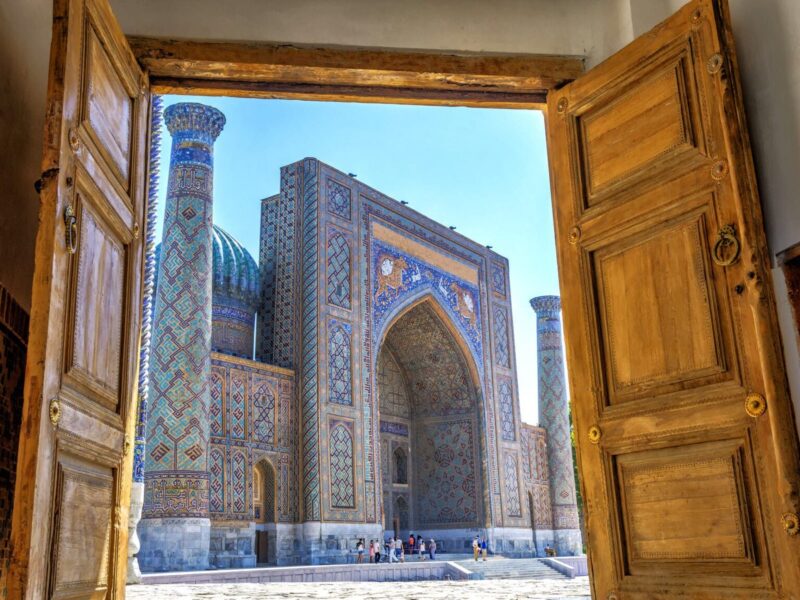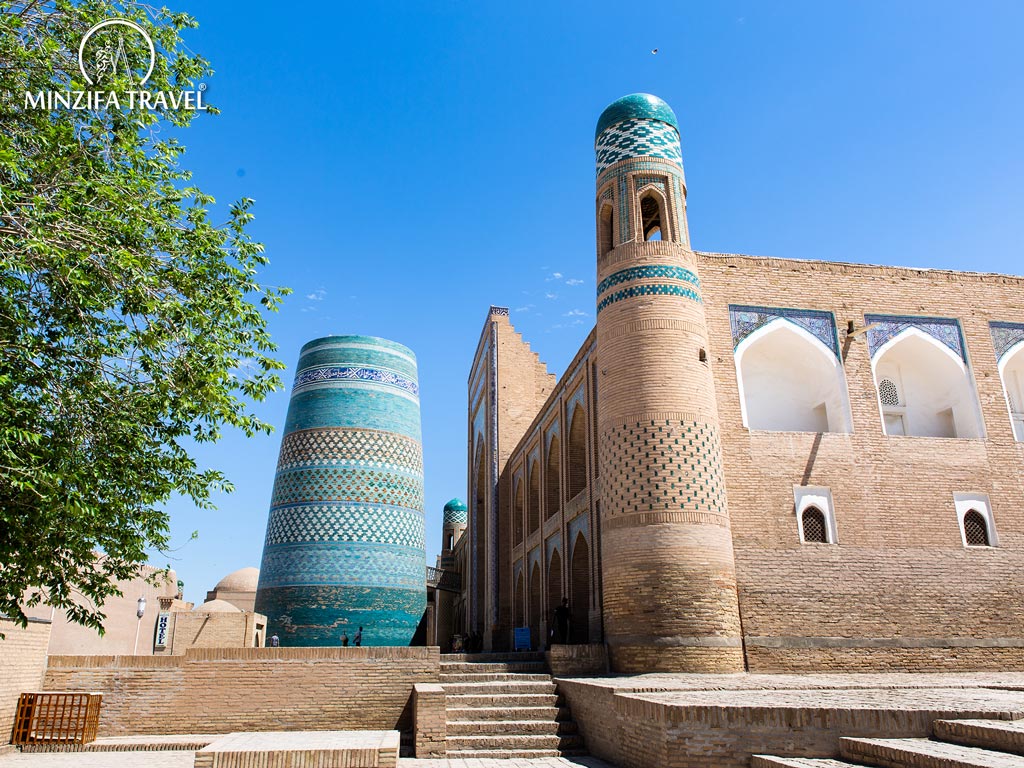Turkmenabat

Turkmenabat travel guide
Turkmenabat is the major center of the eastern piece of Turkmenistan and the second-biggest city as far as population is concerned. It stands on the banks of the Amu Darya River. Longtime prior the fortress of Bukhara emirate guarded the Amu Darya crossing from the assaults of the nomadic clan. In 1886 when trans-Caspian Railway reached the fortress it developed first into a military and after that into regular citizen settlement. In 1901 the railroad connected over the waterway was manufactured. In 1940 the city’s name was changed in another interpretation – Chardzhou. In 1999 Chardzhou was renamed Turkmenabat (“made by Turkmen”). Today Turkmenabat is a developed cultural and industrial center.
The principal place of enthusiasm for the city is Kugitang reserve (toward the southeast of the city). It is a mountain run with a protogenic nature, immaculate by human advancement, overflowing with unseen creatures and plants. There you can see a lunar scene of Boya-Dag, the level of Dinosaurs with prints of ancient pangolins, interesting karstic hollows. On the off chance that you visit the gallery city of Atamurat you would see antiquated caravanserais, the mausoleum of Alamberdar and Astana-baba which even now stay as the place of pilgrimage for some devotees.
Major Attractions Of Turkmenabat :
Amul Settlement
The remains in the antiquated settlement of Amul used to be the fortress of Amul’s ruler. It is situated close to the passageway to Turkmenabad around 10 km from the downtown area. In the tenth century, the antiquated settlement was a pise-walled fortification encompassed by a wide channel loaded up with water. Each side had a door which took a gander at the four breezes. They were protected by warriors (sarabazs) day and night.
Allamberdar Mausoleum
The Allamberadar Mausoleum is a milestone of design and architecture. The building of the tomb is the biggest among the pre-existing early structures of Northern Khurasan.
Astana-baba Mausoleum
Astana-baba Mausoleum is a piece of the commemoration complex comprising of a mosque and a tomb. Truly they are a few structures built at different periods. They stay so close to each other that it is hard to envision the first state of the structure. The tomb of Astana-baba is an eleventh-twelfth century landmark of engineering. It is the place of “zyuarat”- a regular ritual of venerating of holy men observed by visiting explorers. Thousand of sick individuals assemble there every year to get receive long-awaited healing. The number of pilgrims is growing with each passing day.
Caravanserai Dayakhatyn
The largest caravanserai Gayakhatyn (Bai-Khatyn) remained on the medieval street from Amul (Turkmenabad) to Khoresm. Today just the immense remains of the caravanserai mud-block rabat help to remember that time. The walls of the veneer are fixed with bricks in the original ornamental style. A few sections of the Rabat still keep the relief (brick) text fragments with the names of caliphs: Abubkr, Omar, and Ali.
Turkmenabat is the cradle of historical assets. Be it the caravanserai or the mausoleum, Turkmenabat has it all. Call us or visit our website to book your tour to the historical city of Turkmenabat now.




